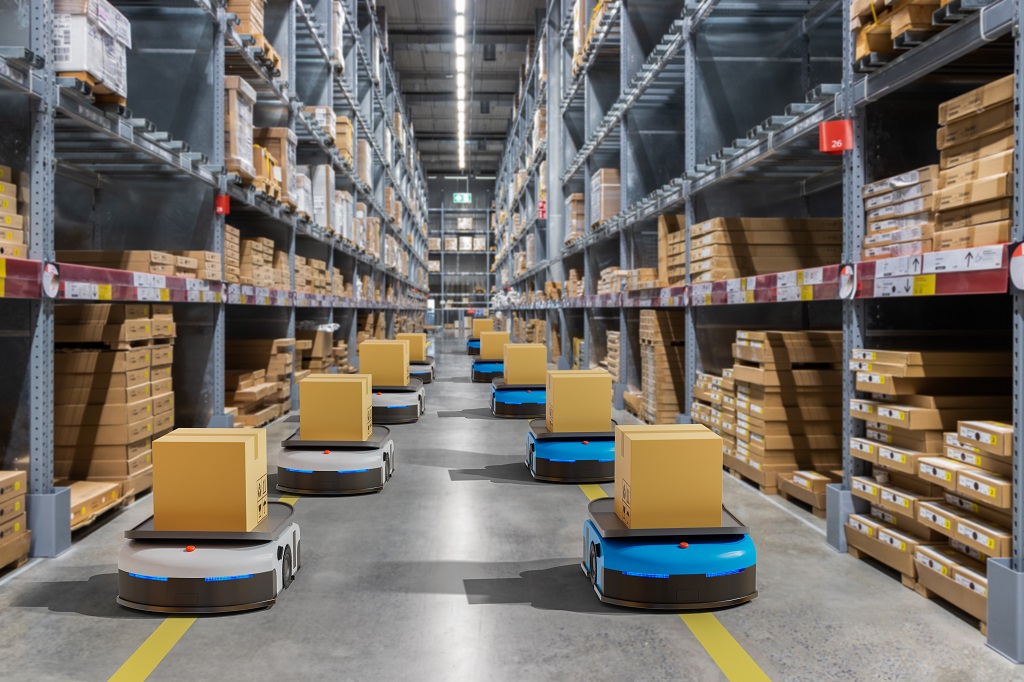The way customers expect services today is dramatically different from a few years ago. The “Amazon Effect” has reshaped expectations, making fast, reliable, and highly visible service the new norm. Customers now demand personalized experiences, predictive solutions, and seamless interactions—regardless of industry.
For businesses managing complex Service Supply Chains, this shift is both a challenge and an opportunity. Companies that embrace a customer-centric approach and leverage AI-driven insights can create a resilient, adaptive supply chain—enabling them to not only meet but exceed evolving expectations. Those that don’t risk falling behind in an increasingly competitive landscape.
The Complexities of Modern Service Supply Chains
Service Supply Chains are under immense pressure to deliver speed, efficiency, and real-time visibility. As customer demands increase and competition intensifies, businesses must overcome operational inefficiencies, outdated processes, and fragmented data to remain competitive. Below are the challenges service organizations are facing today:
Balancing Speed and Cost for Maximum Efficiency
Faster service expectations often create inventory challenges, forcing businesses to balance speed and cost while ensuring service readiness. Unlike ERP and Supply Chain Management (SCM) systems designed for finished goods, purpose-built Service Parts Management software is tailored to address the unique complexities of Service Supply Chains—where demand variability, repair cycles, and parts availability directly impact performance.
Managing Service Parts Effectively
Efficient Service Parts Management is crucial for minimizing downtime, stockouts, and meeting stringent SLAs. Businesses need to optimize inventory levels, ensure part availability, and streamline the logistics of Service Supply Chains to maintain peak performance.
Meeting and Exceeding Service Level Agreements (SLAs)
Meeting SLAs is no longer a compliance requirement—it’s a competitive advantage. Tighter SLAs require meticulous planning, precise execution, and real-time monitoring. Failure to meet these agreements can lead to penalties, reputational damage, and lost revenue.

Why Service Supply Chains Must Modernize Now
Many businesses still rely on legacy systems and outdated processes that can’t keep up with these modern service complexities. These aging systems create friction, inefficiencies, and service bottlenecks, making it difficult to meet today’s rising customer expectations.
Leading companies are overcoming these challenges by transforming their Service Supply Chains into intelligent, predictive, and interconnected service ecosystems. Here’s how:
- Achieve Faster, More Reliable Service Execution: Customers expect shorter delivery windows and accurate service ETAs. By integrating AI-powered insights and continuous data feedback loops from order execution and issue resolution processes, businesses can optimize order fulfillment, workforce allocation, and inventory placement in real time.
- From Reactive to Predictive Service Approach: Legacy systems rely on manual processes and inaccurate forecasts solely based on historical consumption, leading to suboptimal inventory plans and resulting in missed service SLAs. With predictive analytics, companies can refine their Spare Parts Planning by leveraging installed base AI-driven forecasts, root-cause analysis from order execution and customer escalation data, reducing service disruptions and improving SLA compliance.
- Deliver Tailored, Customer-Centric Experiences: A one-size-fits-all approach doesn’t cut it anymore. Customers expect service that exceeds the SLAs in their agreements. AI-powered planning, combined with data-driven insights from service operations, enables companies to deliver faster and more proactive service.
- Gain Full Visibility Across Service Operations: Service leaders need real-time visibility into service operations, service escalations, and order fulfillment performance. Businesses that integrate continuous data feedback loops into their Service Supply Chains can improve execution, reduce inefficiencies, and stay ahead of rising customer expectations.

How BaxterPredict Delivers a Service Experience Advantage
Modernizing Service Supply Chains requires more than just automation—it requires an end-to-end AI-powered platform that unifies service parts planning, order execution, and issue resolution.
BaxterPredict is purpose-built to provide real-time decision-making, predictive intelligence, and automated execution capabilities—ensuring businesses can stay ahead of evolving service demands.
- Predictive Intelligence: BaxterPredict leverages robust data feedback loops to continuously refine and enhance planning. By analyzing real-time demand shifts and service execution data, it anticipates service needs, reduces disruptions, and enhances decision-making.
- Real-Time Visibility: Service leaders need to make decisions fast. BaxterPredict’s AI-powered insights provide real-time data feedback, improving response times, optimizing resource allocation, and ensuring smoother, more efficient workflows.
- Optimized Inventory Management: Balancing Service Parts Management with cost control is critical. BaxterPredict uses intelligent inventory management and automated order execution feedback to prevent excess, avoid shortages, and improve service delivery.
The Bottom Line: Future-Proof Your Service Supply Chain
Success in today’s hyper-competitive market requires efficiency, agility, and innovation. Powered by advanced AI and purpose-built technology, BaxterPredict enables Service Supply Chains to become more resilient and adaptable, ensuring they stay ahead of shifting demands and service disruptions. By leveraging real-time insights, organizations can proactively meet customer expectations, foster long-term loyalty, and drive financial value.
Ready to elevate your service organization? Explore how BaxterPredict can transform your Service Supply Chain and give you a lasting competitive edge.
Visit Our Resource Hub for more expert insights and strategies to optimize your service operations.




